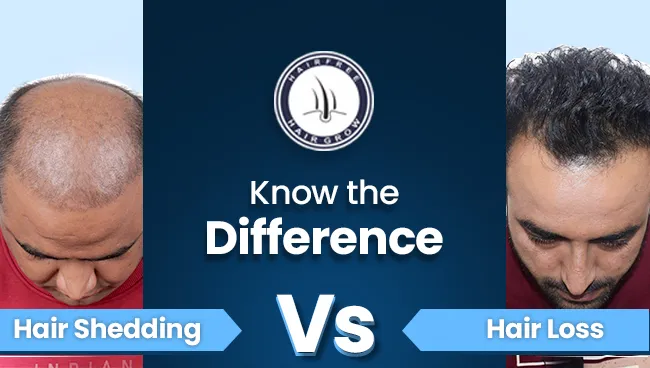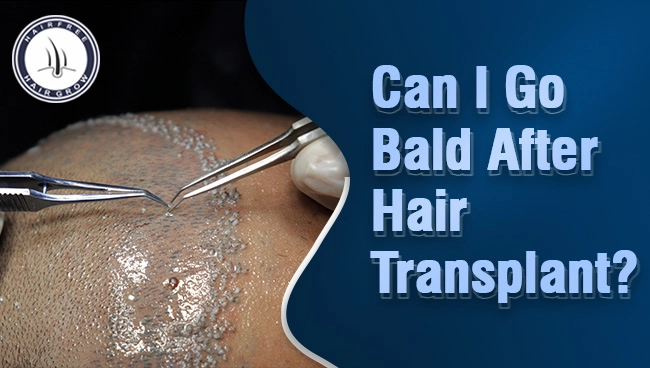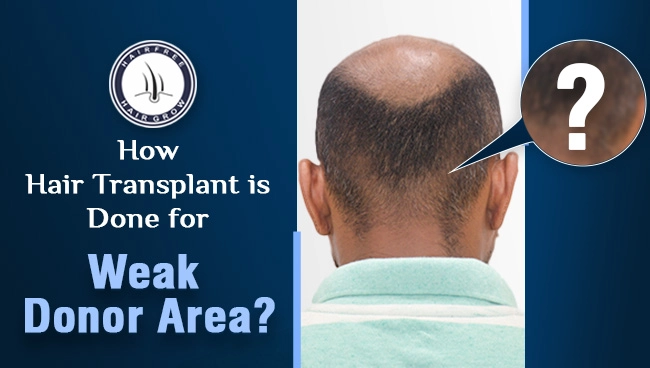Hair loss could be a very frightening experience for many people and may have a significant impact on self-confidence and overall well-being. Fortunately, in view of all that, modern medical developments have made hair transplants a possible treatment solution to help restore a hair. However, one of the important concerns that usually arise for those pursuing the possibility of a hair transplant may be the state of their hair subsequently. Understanding the impact of existing hair after hair transplant is crucial for optimal results and long-term hair health.

To get a better grasp of the concept, it is important to go about the basics of how a hair transplant is conducted. The two major hair transplant techniques are follicular unit transplantation (FUT) and follicular unit extraction (FUE). There are two basic ways of implanting hair follicles. It is usually extracted from donor areas, which are sites on the back or sides of the scalp that are growing genetically resistant hairs. These follicles can then be transplanted into the recipient areas where hair loss has occurred.
Shock Loss
After the transplant procedure, due to the trauma experienced by the existing hair in the recipient area, this hair might shed in the form of “shock loss.” It’s like a temporary shedding of existing hair after a shock, and it can be alarming, but this falls under the normal healing process and is likely to resolve within weeks or months.
Regrowth
A few months after the first shedding, new hair growth will appear in the transplanted area. The transplanted follicles, along with the existing hair, will undergo the natural hair growth cycle. You can expect a noticeable improvement in the new hair growth over time.
Thickening
After transplantation, transplanted hair gets thicker and more natural-looking. This may take around several months up to a year as the hair follicles grow in a new environment to produce healthy, thick hair strands.
Long-Term Maintenance
Although a hair transplant may restore lost hair permanently, one should be aware that other parts of the scalp may still be exposed to further thinning or loss of hair due to genetic factors or other underlying conditions. Long-term maintenance may be necessary to preserve the results of the transplant and tackle any other ongoing hair loss.
Hair Care Routine
To ensure the longevity of your hair transplant results and the health of your existing hair, it’s imperative that you follow a proper hair care routine. This includes gentle shampooing, avoiding excessive heat styling or chemical treatments, and protecting your scalp from sun exposure.
Conclusion
In conclusion, the fate of the hair is where existing hair falls off after the hair transplant temporarily, followed by regrowth and eventual thickening of the transplanted and existing hair. While the operation may give you long-term results, it goes without saying that proper care and maintenance are necessary in keeping the health and appearance of your hair in top shape. For the proper course of your hair restoration journey, it’s essential to know what you’ll expect on your recovery.
Written By
MBBS, MD
Dr. Pratibha Pradhan is a specialist in hair restoration, focusing on existing hair after hair transplant. She provides expert advice on maintaining healthy hair, ensuring natural-looking results, and optimizing post-transplant outcomes for long-lasting satisfaction.
Disclaimer
We’ve made all possible efforts to ensure that the information provided here is accurate, up-to-date and complete, however, it should not be treated as a substitute for professional medical advice, diagnosis or treatment. See Detailed Disclaimers Here.













